Goafest 2015: Why thinking 365 rather than 360 can make a difference
The second half of the day began with SureWaves Knowledge Seminar which had eminent International speakers and entrepreneurs like Guy Abraham, Global Strategic Planning Director, Zenith Optimedia Worldwide, Neil Stewart,Head of Agency, APAC, Facebook, Johnny Stark, SVP APAC, Razorfish and Ashish Hemrajani, CEO BookMyShow.
Why thinking 365 rather than 360 can make a difference
Abraham highlighted on the fact that thinking 365 rather than 360 can make a difference to one's work and hence can deliver better ROI. He highlighted the fact that marketers are of the opinion that “marketing has changed more in the last two years than in the past 50 years.”
He adds that an integrated 360 degree approach to a marketing campaign built around advertising idea is not the best approach in a digital age. He questions as to why should we be building marketing ecosystems designed to driving sales 365 days a year and how you can make the brands work for you for 365 days ?
He elaborates that the biggest changes that are taking place in marketing are around the ability to target consumers with specific messaging relating to where they are on their journey across more and more touch points. Which is why marketers need to take control of their consumer journey to design connected user experiences rather than planning channels in silos?
It simply means that one is moving from a Model based on control to one based on Orchestration. Brands need a purpose and value exchange to win. Brands with a purpose outperform the market.
Abraham highlights five key points for brands to go 365. The first one being mine sight from New Sources (From reported behavior to actual behavior). Second being the focus on the journey & consumer experience. It is important for one to create that experience for the consumer.
The third one being the change for audience perspective, from Bulls eye audiences to points of change. Fourthly he stresses upon embracing a new kind of creativity. Fifth being use purpose to build bigger longer ideas. And lastly, to Move to content based model to make a difference.
He concludes by saying that the organizational challenge and process evolution needs to change from Traditional insight to actual behavior, from advertising campaign ideas to always brand communications from channel planning to activation platform, from measuring advertising to optimizing ecosystem and from silos based marketing structure to integrated, consumer journey marketing structure.
Social Engagements
Neil Stewart spoke about how Facebook has evolved over the years and moreover how the consumer has evolved. He highlights the fact that today everyone is glued to their mobile and mobile is where they are most engaged.
Stewart mentions that people use social media platforms like YouTube, Google, Yahoo but the most used ones are Facebook and Instagram. People just love these platforms and the kind of content that they have. Instagram has revolutionized the way photos were taken. Today it has more users than Twitter.
Sharing numbers Stewart said that in India there are about 118 million people who visit Facebook on a monthly basis and out of that 106 million people do it from the mobile. Statistics say that 47% of monthly active users return daily. He said, “So today what we see is a more mobile first generation. Internationally it already is and in time to come India will also see it.”
Relevance of Digital
Stark in his address shares his views on how brands are using the digital platform. He highlights the fact that brands are using lazy retargeting. They know that someone has booked a particular hotel or has bought shoes and they constantly bombard you with ads or offers on the same hotel or on shoes. It is simply lazy retargeting that brands are doing and it doesn’t help much.
He is of the opinion that brands should utilize the digital medium to the fullest and that includes mobile. Most brands think making an app is an integral part of the mobile marketing but they don’t realize that an app is not a part of a mobile marketing strategy, it is a part of the digital strategy and an app is only relevant when there is a need for it.
Stark shares some examples of how brands took the digital first to market their product. He shares an instance of Samsung Stadium and Nike Football in China. He mentions that these two digital campaigns did very well in respective markets. He highlights the fact that brands need to understand markets and work accordingly and what Samsung and Nike did is a case study for other brands.
Ecommerce revolution
Hemrajani spoke on how the dot com bubble in retail is booming today. Sharing insights about BookMyshow, he said we roughly do 10,000 transactions in a day and the consumer always chooses the cheapest of all offers, be it flight tickets or train tickets. When it comes to movies or booking restaurants the audience is more cautious about what they are watching and what they eat and don’t mind spending a little extra on leisure.
He compares 2015 to an era when a phone call used to cost Rs.16 in India and how things have changed in the last two decades. More than anything, consumption pattern and the way people are switching to mobile is something that is growing fastest in the country. Indeed a long way to go as we haven’t even penetrated half the country.
The Knowledge Seminar was indeed insightful as the speakers highlighted various facets of digital and the evolving role of marketing. By Archit Ambekar | Twitter: @aambarchit





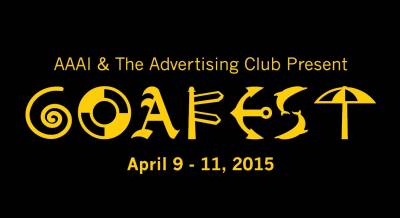
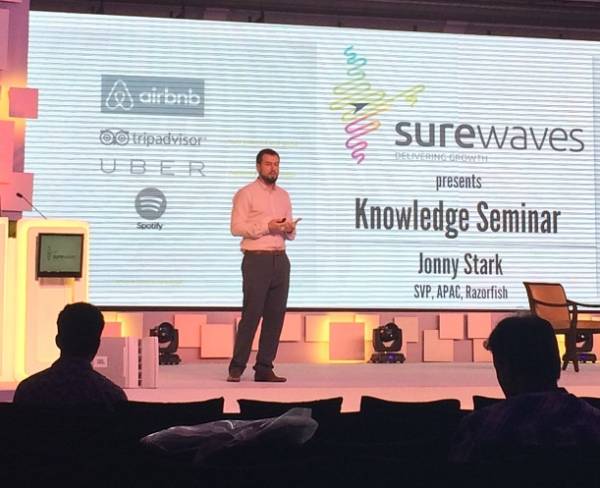
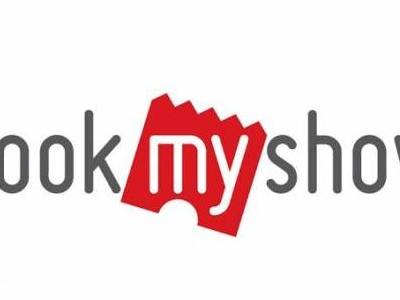
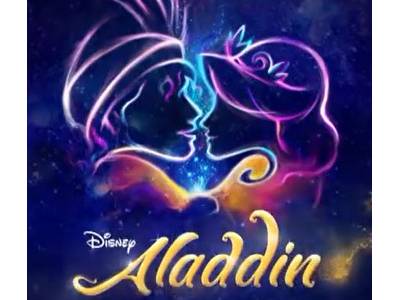

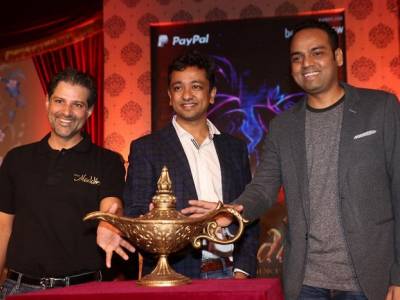
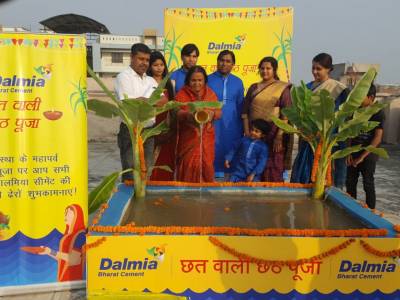





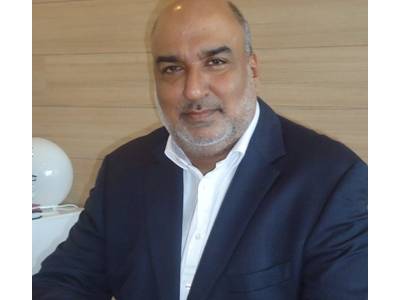
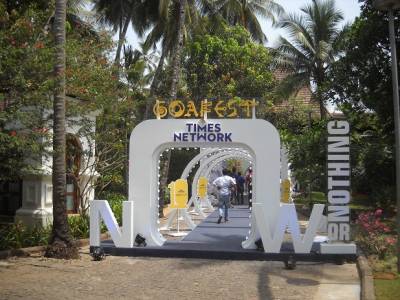



Share
Facebook
YouTube
Tweet
Twitter
LinkedIn